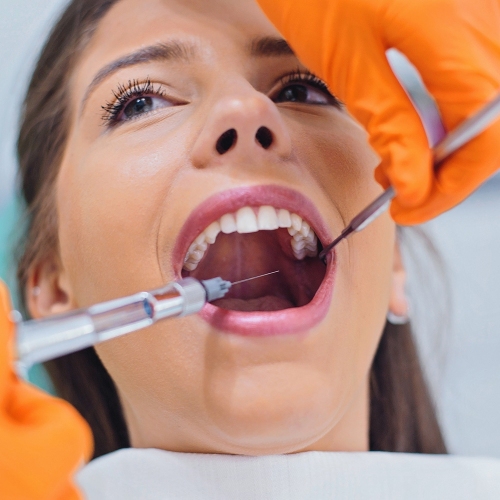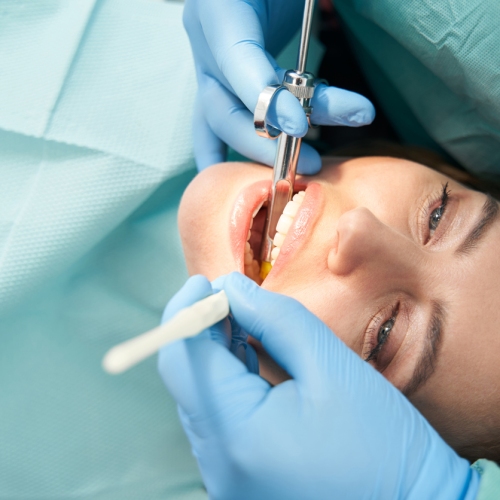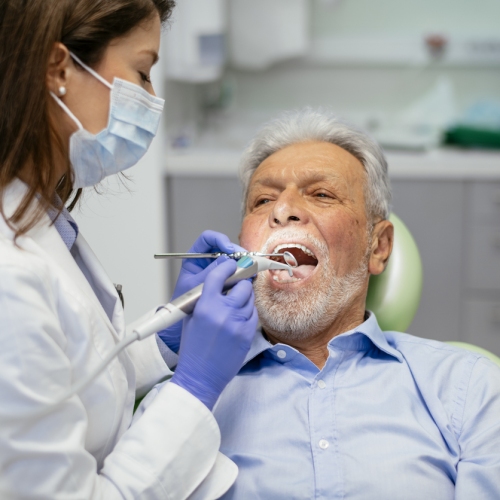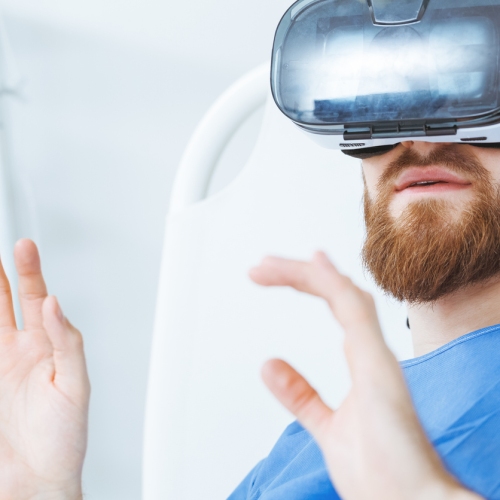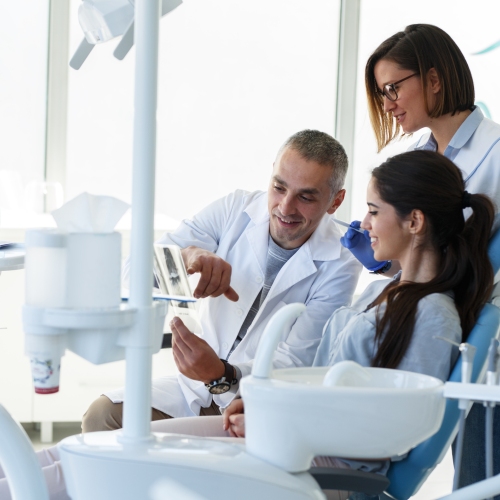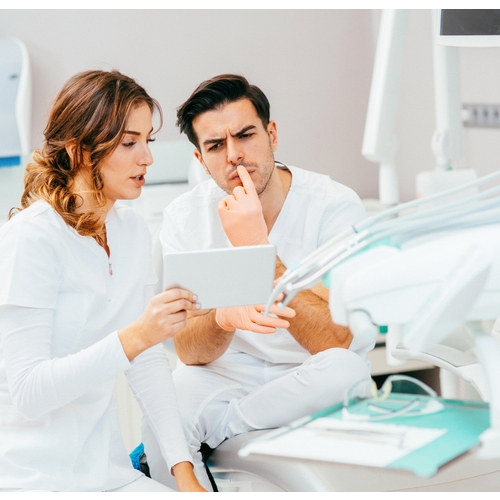PREVALENCE AND AETIOLOGY OF ODONTOPHOBIA
It is difficult to estimate the prevalence of odontophobia given that the literature often does not differentiate between dental anxiety, fear and phobia. More studies that report dental anxiety are available. One comprehensive systematic review found that in individuals younger than 19 years of age, dental anxiety is a common occurrence. This was true for teenagers in a range of countries such as Asia, North America, Europe, and Africa[1]. Prevalence of dental anxiety ranged from 10-20 percent in this age range. Other studies found the prevalence of childhood/teenage dental anxiety to have a wider range (3 – 43 percent) worldwide[2].
The aetiology of odontophobia is quite complex and a subject of wide debate. Odontophobia often occurs in an individual who is more prone to experiencing anxiety and fear. The individual may have had earlier traumatic experiences, such as a painful dental procedure, that triggered this phobia. Negative feelings towards dental work within the family can also influence a child or teenager’s development of odontophobia (vicarious learning). General fear of pain is also a common factor that may be involved in the development of odontophobia. Regardless of how the phobia originated, as sentient beings we have evolved to avoid pain. Pain is the basis of fear conditioning, and the association of pain to dentistry only serves to feed the anxiety and fear surrounding dental work[3].
MEASURING DEGREES OF ODONTOPHOBIA
Children and teenagers may associate the notion of pain with the mention of even the least invasive dental procedures. This feeds into a loop of fear and anxiety that could ultimately deter individuals from pursuing regular check-ups. Refusal of dental work can have a longitudinal impact on dental health and the hygiene of children[4]. Odontophobia in young individuals is associated with behavior management issues, complete evasion of dental care, and teeth that are highly carious[2]. Therefore, to maintain the oral health of a child or teenager, early detection and intervention of this condition are crucial.
Both subjective and object methodology can be employed to measure the extent of a child or teenager’s dental anxiety and potentially detect odontophobia. The former tests include both psychometric and behavioural assessments[1]. A psychometric assessment involves either the child or guardian completing a questionnaire before treatment. In the assessment, the individual indicates their perceived level of anxiety in relation to certain dental situations.
In a behavioural assessment, either the researcher or dental team are responsible for assessing the behaviour and reactions of the child or teenager during the procedure. The behaviour of a child with odontophobia can involve tantrums, fidgetiness, and complete refusal to undergo treatment, even when the child is aware that the significant pain they are experiencing may be alleviated by dental care[5].
A physiological response analysis objectively measures physiological stress by quantifying factors linked to anxiety. Salivary cortisol levels, pulse oximetry, pulse rate, blood pressure, galvanic skin response, and finger temperature can facilitate the diagnosis of odontophobia[6].
METHODOLOGIES AND NEW TECHNOLOGY EMPLOYED TO MANAGE THE DIFFICULTIES OF CURBING PAIN IN ODONTOPHOBIC PATIENTS
The “4 S principle” is a common technique for management of odontophobic individuals. The pillar of the method is the elimination of the four primary sensory triggers for anxiety in the dental setting. These are smell, sight, sound, and sensation[6].
Reducing pain (a sensation) during dental procedures may help individuals experiencing odontophobia. Topical anaesthetics can help curb the sensation of pain but only act superficially[7]. More pain-inducing oral work requires the application of injectable local anaesthetics. Unfortunately, an individual’s resistance to needles may feed into their odontophobia, so the injection of local anaesthetics may be difficult for these individuals, as the “sight” of a needle can trigger more anxiety.
Emerging technology is aiming to relieve anxiety in needle-phobic individuals. This new technology involves computer-controlled local anaesthetic delivery with a plastic handpiece that has fewer “terrorizing” characteristics than a needle. The slower injection rate of this method is meant to also decrease postoperative pain[6]. Another medical advance is called “electronic dental anaesthesia”. With this method, no needle is needed. Instead, electrodes that deliver an ionic flow are placed on the tissue and produce anaesthesia[6].
Overall, there is a wide range of dental anxiety in kids and teenagers worldwide. Mollifying pain in these individuals is still a challenge, but new technologies may help manage patients who are needle-phobic. Mitigating the psychological stressors around odontophobia through the 4 S principal is still a widely accepted technique.
REFERENCES
- https://ejpd.eu/virtual/download/EJPD_2017_2_6.pdf
- http://www.tjprc.org/publishpapers/2-60-1389351119-1.%20Dental%20anxiety.full.pdf
- https://pubmed.ncbi.nlm.nih.gov/32417719/
- https://www.nature.com/articles/s41415-021-2941-z
- https://pubmed.ncbi.nlm.nih.gov/28478271/
- https://www.ncbi.nlm.nih.gov/pmc/articles/PMC4790493/
- https://www.ncbi.nlm.nih.gov/pmc/articles/PMC5564188/

